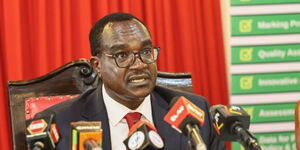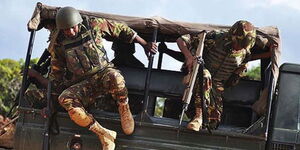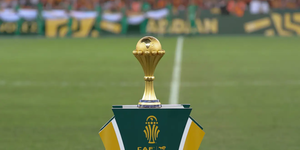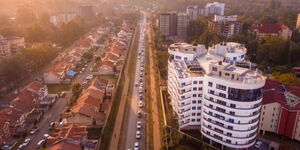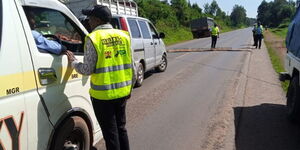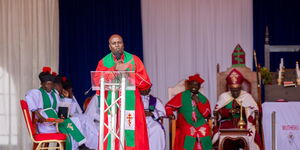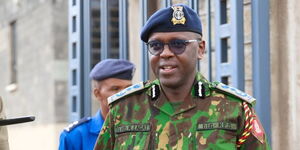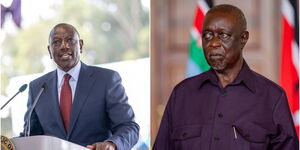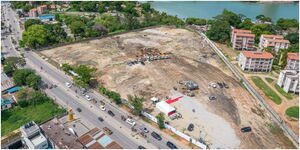The Supreme Court was on Tuesday told why some of Forms 34B submitted by the Independent Electoral and Boundaries Commission (IEBC) had barcodes indicating GPS locations in France.
The barcodes were a security feature on the IEBC forms that were used to ascertain the authenticity of the form. Each constituency had a unique code that relayed information on the constituency's tallying centre.
Senator James Orengo had on Monday stated that the presidential results announced in accordance with the Forms 34B could not be considered credible as the authenticity of some of the forms could not be established.
Senator Orengo then illustrated his claim with the example of a reading of the barcode of one of the forms that indicated it had been assigned to a constituency in France.
Lawyer Tom Macharia told the court that the National Super Alliance (NASA) must have used a defective barcode reader to generate the alleged location.
Mr Macharia also responded to a question raised by the NASA lawyer, seeking to understand why only a few of the forms had a barcode while others did not have it.
The lawyer representing President Uhuru Kenyatta explained that it was not a constitutional requirement for the IEBC forms to have barcodes.
He further outlined that the IEBC had not instructed the printer, Dubai-based Al Ghurair Firm, to insert the bar codes.
Mr Macharia finally explained that only Form 34Bs had the added feature and that notwithstanding, IEBC transmitted results obtained from original copies of the document.


